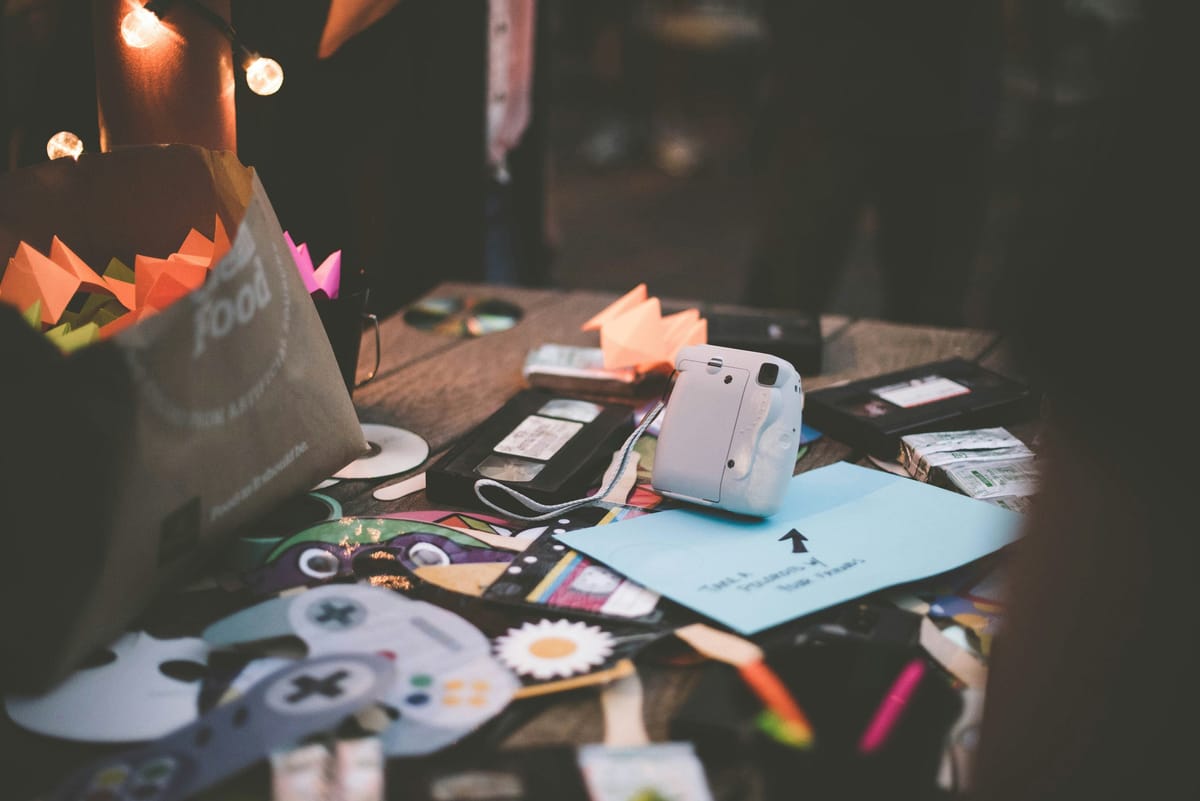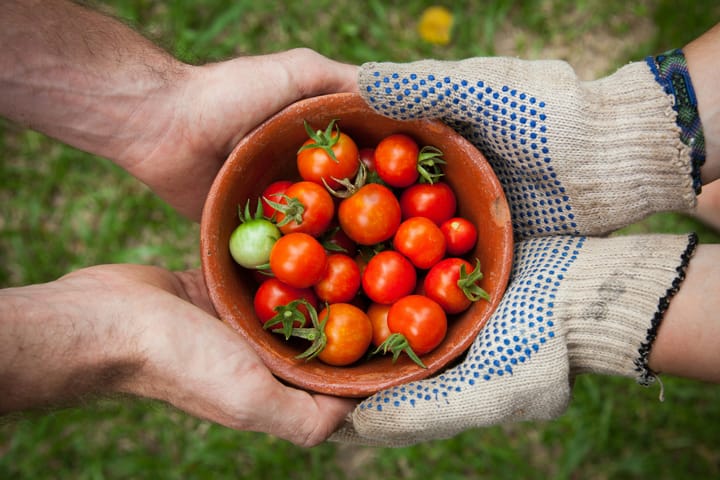Life can feel overwhelming when our spaces are cluttered with things we don’t need or use. Decluttering isn’t just about tidying up — it’s…
Life can feel overwhelming when our spaces are cluttered with things we don’t need or use. Decluttering isn’t just about tidying up — it’s about simplifying your environment so you can focus on what truly matters. If you’re ready to regain control and create a more peaceful home, this step-by-step guide will help you start the journey toward a simpler, easier life.
Why Decluttering Matters
A clutter-free home isn’t just visually appealing; it has tangible benefits for your well-being and lifestyle. Here’s why decluttering is worth the effort:
- Reduces Stress: A messy space can make your mind feel just as cluttered. By organizing your surroundings, you’ll create a sense of calm and clarity.
- Saves Time: When everything has a place, you’ll spend less time searching for lost items and more time enjoying your day.
- Improves Focus: A tidy space can help you concentrate better, making it easier to work, relax, or spend quality time with loved ones.
- Encourages Mindful Living: Letting go of excess possessions helps you appreciate what you have and avoid accumulating unnecessary items in the future.
Where to Start: Step-by-Step Guide
Decluttering can feel overwhelming, but breaking it down into manageable steps makes it easier. Here’s how to get started:
1. Define Your Goals
Before diving in, take a moment to reflect on why you want to declutter. Are you looking to create more space, reduce stress, or prepare for a move? Having a clear goal will keep you motivated throughout the process.
2. Start Small
Begin with a small, contained area like a single drawer, shelf, or countertop. Completing a small task quickly will give you a sense of accomplishment and the confidence to tackle larger spaces.
3. Use the Four-Box Method
For each item you encounter, decide which of these categories it belongs in:
- Keep: Items you use regularly and love.
- Donate/Sell: Things in good condition that you no longer need.
- Recycle: Items that can be responsibly disposed of.
- Trash: Things that are broken or no longer usable.
Having clearly defined categories helps streamline the decision-making process.
4. Focus on One Category at a Time
Instead of trying to declutter an entire room, focus on specific categories of items. For example:
- Start with clothing: Sort through your wardrobe and remove anything that doesn’t fit, you haven’t worn in a year, or no longer suits your style.
- Move to books: Keep those you’ve loved, plan to read soon, or use regularly. Pass on the rest.
- Tackle paper clutter: Sort through bills, documents, and mail. Digitize where possible and recycle what’s no longer needed.
5. Set Time Limits
Dedicate 15–30 minutes to decluttering each day instead of trying to do everything at once. This prevents burnout and helps you build a sustainable habit.
6. Ask Yourself Key Questions
When deciding whether to keep an item, ask:
- When was the last time I used this?
- Does this add value to my life?
- Would I buy this again today?
Tips for Staying Clutter-Free
Decluttering isn’t a one-time event — it’s an ongoing process. Here’s how to maintain your newly simplified space:
- Adopt a One-In, One-Out Rule: For every new item you bring into your home, remove one you no longer need.
- Practice Mindful Consumption: Before buying something, ask yourself if it’s truly necessary.
- Schedule Regular Decluttering Sessions: Set aside time every few months to reassess your belongings.
- Create Systems: Use storage solutions that make it easy to keep your space tidy, like labeled bins or drawer organizers.
Final Thoughts
Decluttering is about more than just cleaning up — it’s a way to simplify your life and create space for what really matters. By starting small, staying consistent, and focusing on your goals, you can transform your home into a peaceful, functional haven. Remember, the journey to simplicity is a process, and every step you take brings you closer to a more intentional and joyful life.






Comments ()